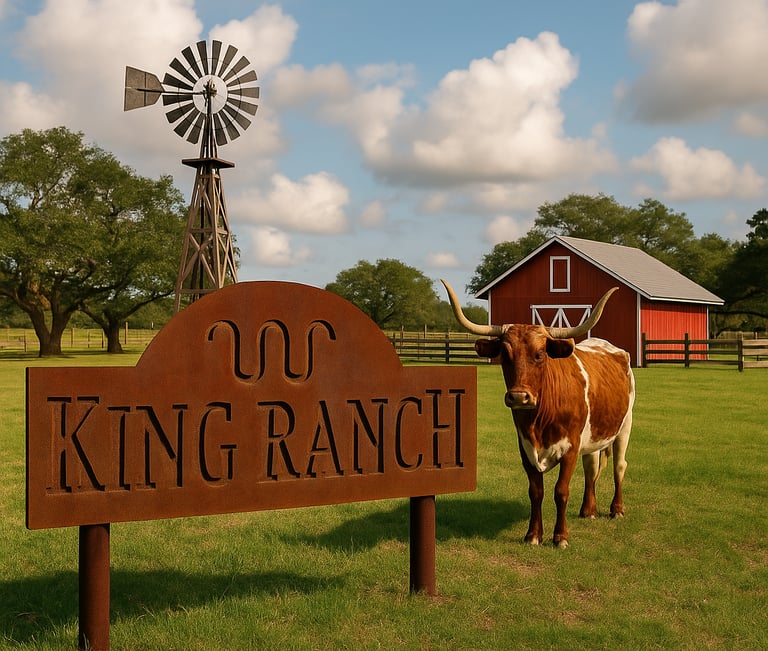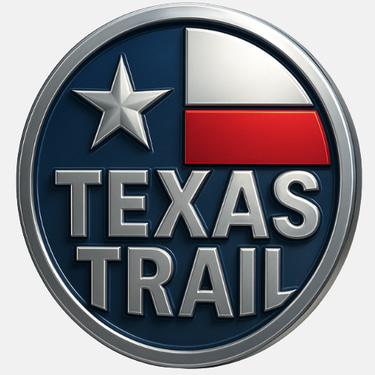King Ranch: The Legendary Heart of Texas Ranching
Discover the full history and impact of King Ranch, the largest ranch in Texas. Learn about its legacy, cattle, wildlife, tourism, and contributions to American ranching.


What Is King Ranch?
King Ranch is one of the most iconic and historically significant ranches in the world, located in South Texas between Corpus Christi and Brownsville. Covering approximately 825,000 acres—an area larger than the state of Rhode Island—King Ranch is not only the largest ranch in Texas but also a cornerstone of American cattle ranching, innovation, and wildlife conservation.


